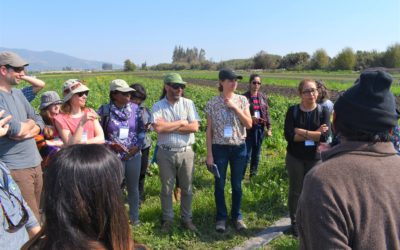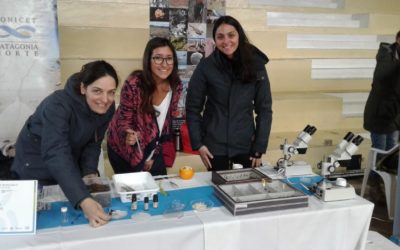News
INFORMATION WE CONSIDER INTERESTINGRodolfo Probst told us about ants that live in the trees of the Andean forest
In his talk of December 12, 2018, Rodolfo Probst, who is doing his PhD under the supervision of Dr. Jack Longino at the University of Utah (USA), told us about his work studying the evolution of nesting patterns of ants in plants and how is the transition...
We participated in the Newton Fund Workshop on ecosystem services and smallholder farms
We participated in the Newton Fund workshop “Biodiversity conservation and ecosystem services provision to improve economic, environmental and social performance in smallholder farms“ which took place in Valparaíso, Chile (September 2018). The aim of this workshop,...
Ants in the Science Week in Bariloche
The Science Week was held and from 3 – 7 of September 2018, and LIHO was present. We showed the children what we study and why, using games, posters, magnifying glasses and colonies of an leaf-cuting ant present in Paragonia (Acromyrmex lobicornis) with its fungal...
LIHO in the Meeting of the International Union for the Study of Social Insects (IUSSI)
Many of those who make LIHO participated in the IUSSI 2018 meeting in Guarujá Brazil. Some of us talk at the symposium on "Ecosystem services provided by social insects" organized by Natalia Lescano, Gabriela Pirk, Victoria Werenkraut and Luciana Elizalde. The...
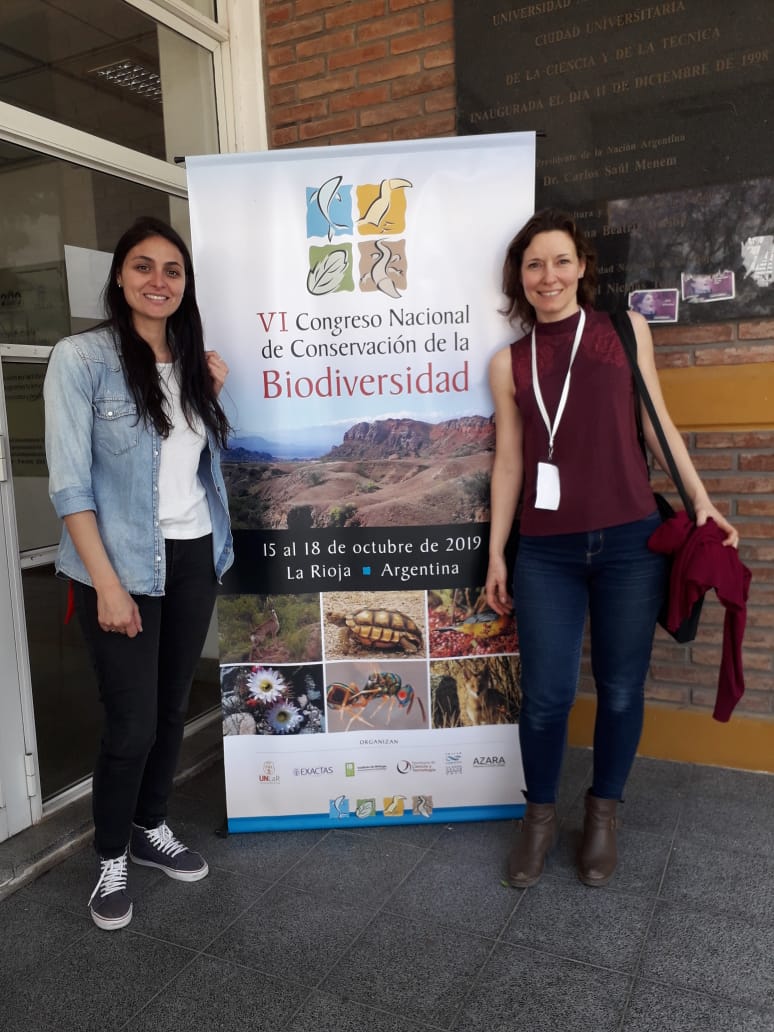
VI Argentine Congress of Biodiversity Conservation in La Rioja
In October, Daniela Ortiz and Gabriela Pirk attended the VI Argentine Congress of Biodiversity Conservation in La Rioja and presented results of their research in the Patagonian steppe on the dispersion of exotic seeds by ants and the effects of ant nests on decomposition of organic matter.
Last projects
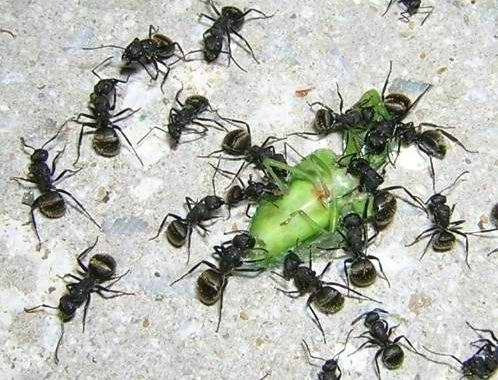
Inefficiency versus interference in the cooperative transport: coordination costs
The transportation of objects, including food, can fluctuate between inefficiency and interference, depending of the amount of ants involved in the transport process and their experience. We study the factors that may determine the inefficiency behaviors,...
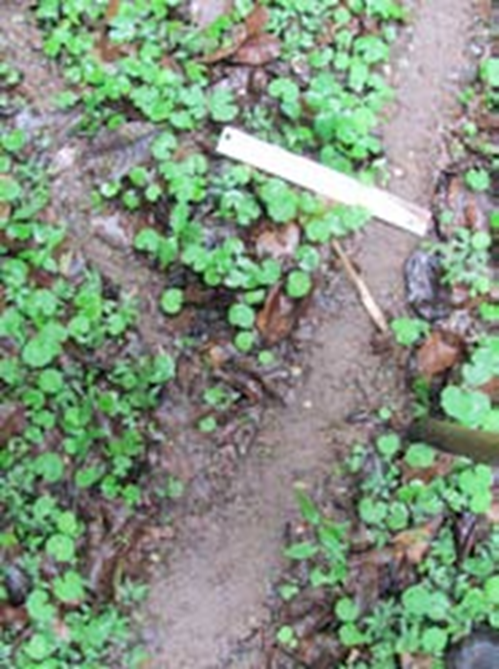
Resolution of traffic conflicts in leaf-cutting ants: foraging trail design and ant behavior in the trails
Leaf-cutting ants use a trail system to transport leaf fragments to their nests. This foraging trail system can be considered as their extended phenotype, and thus is under natural selection to reduce their costs and increase their benefits. In this...
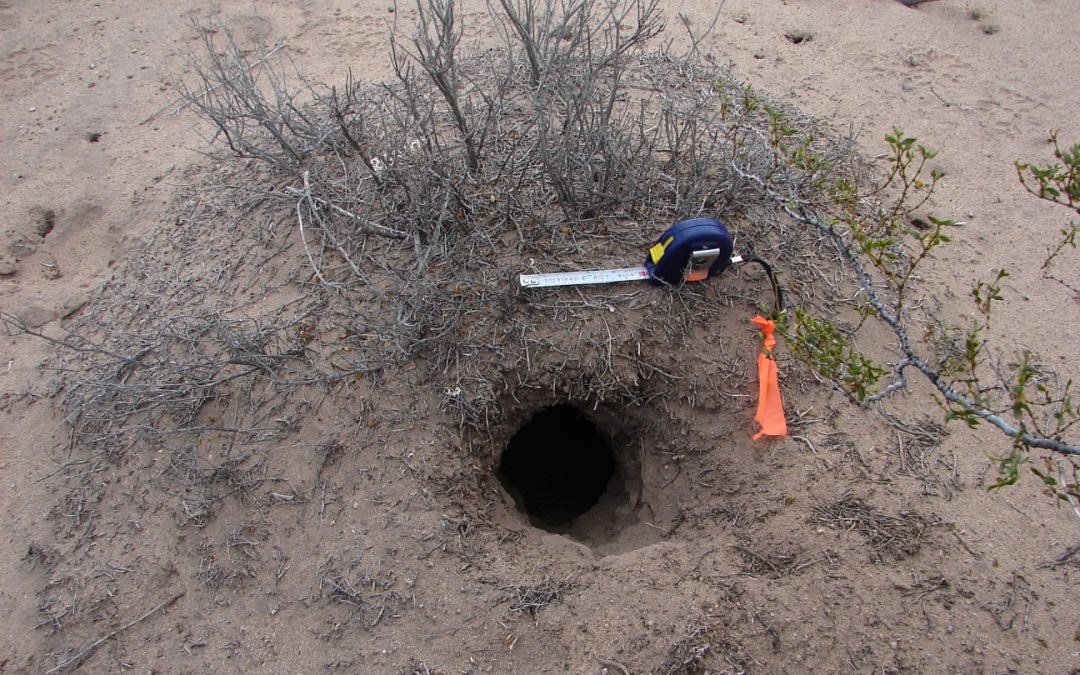
Ant predators
Leaf-cutting ants can become important pests for agriculture and forestation. Therefore, knowing their natural enemies is very important. This project focuses on armadillos, which are omnivorous mammals that include several insects in their diets, and...


